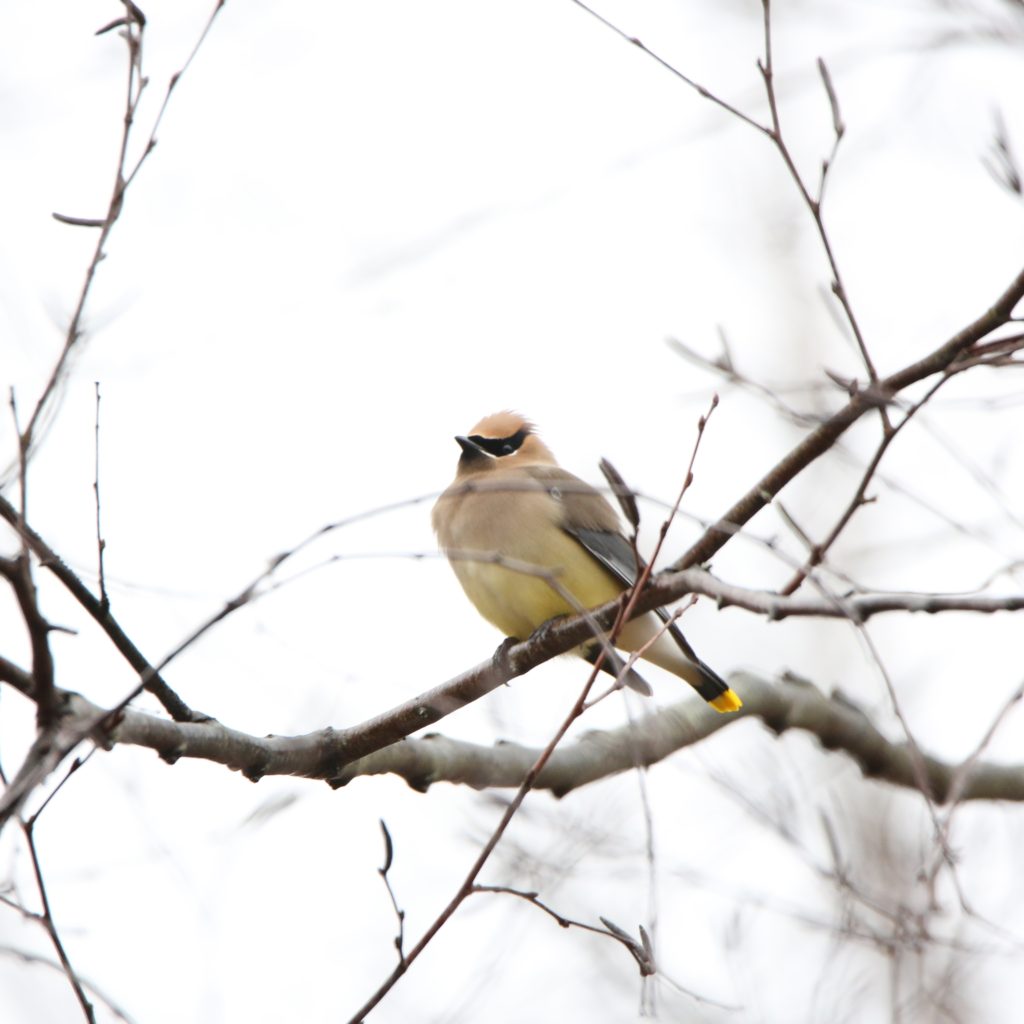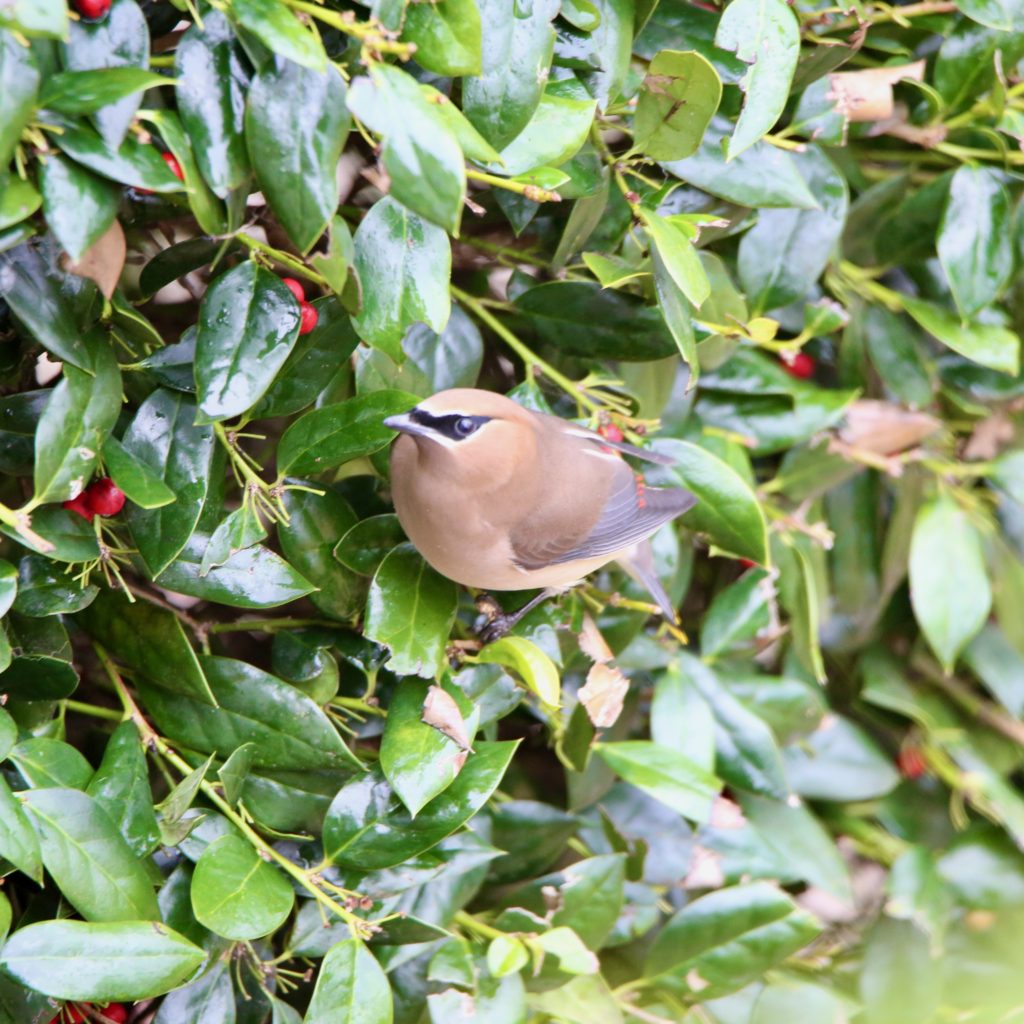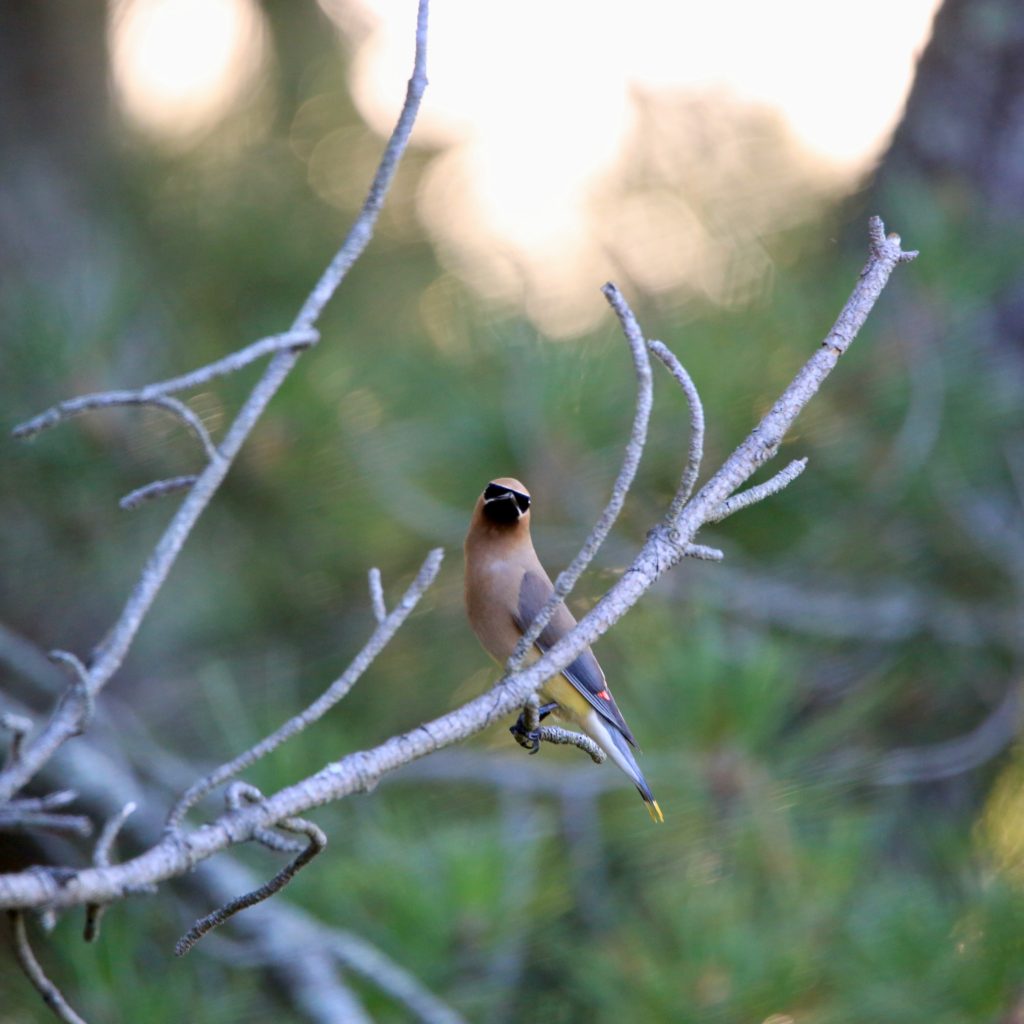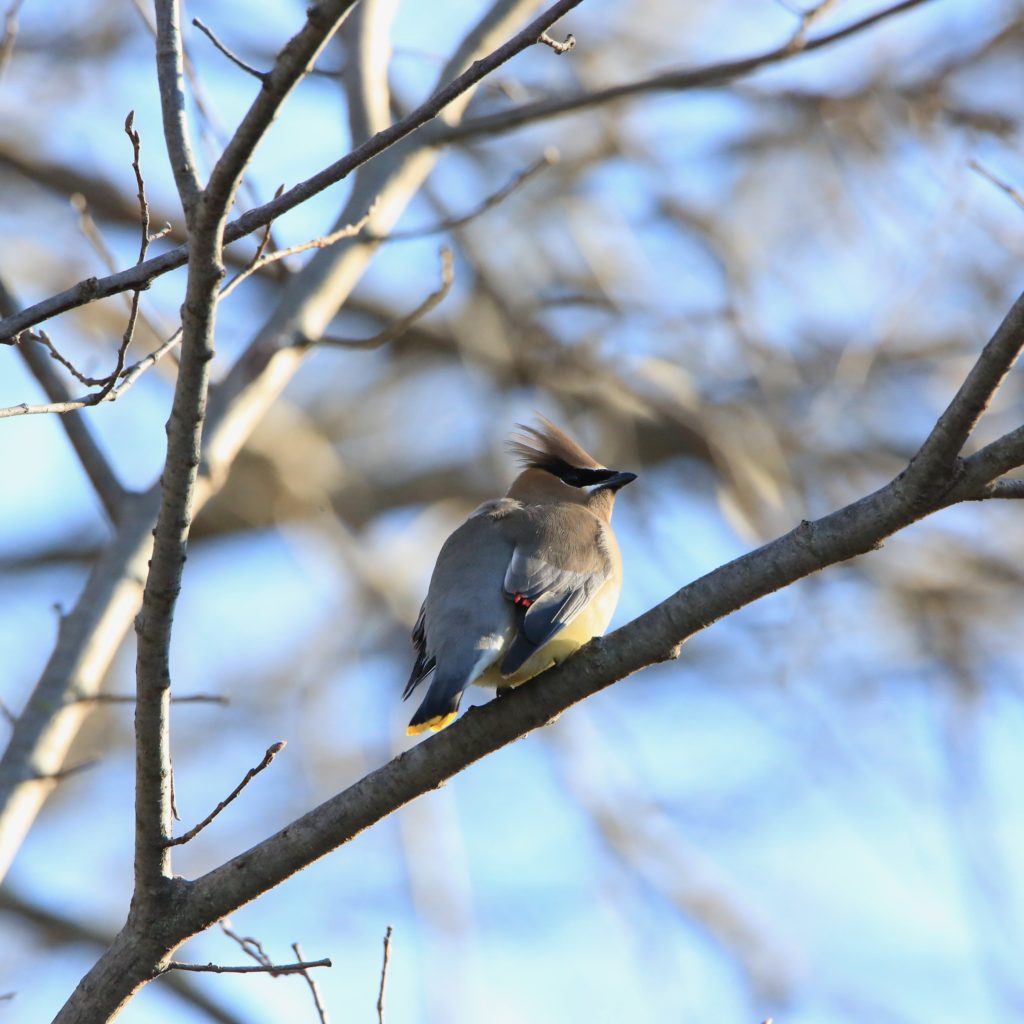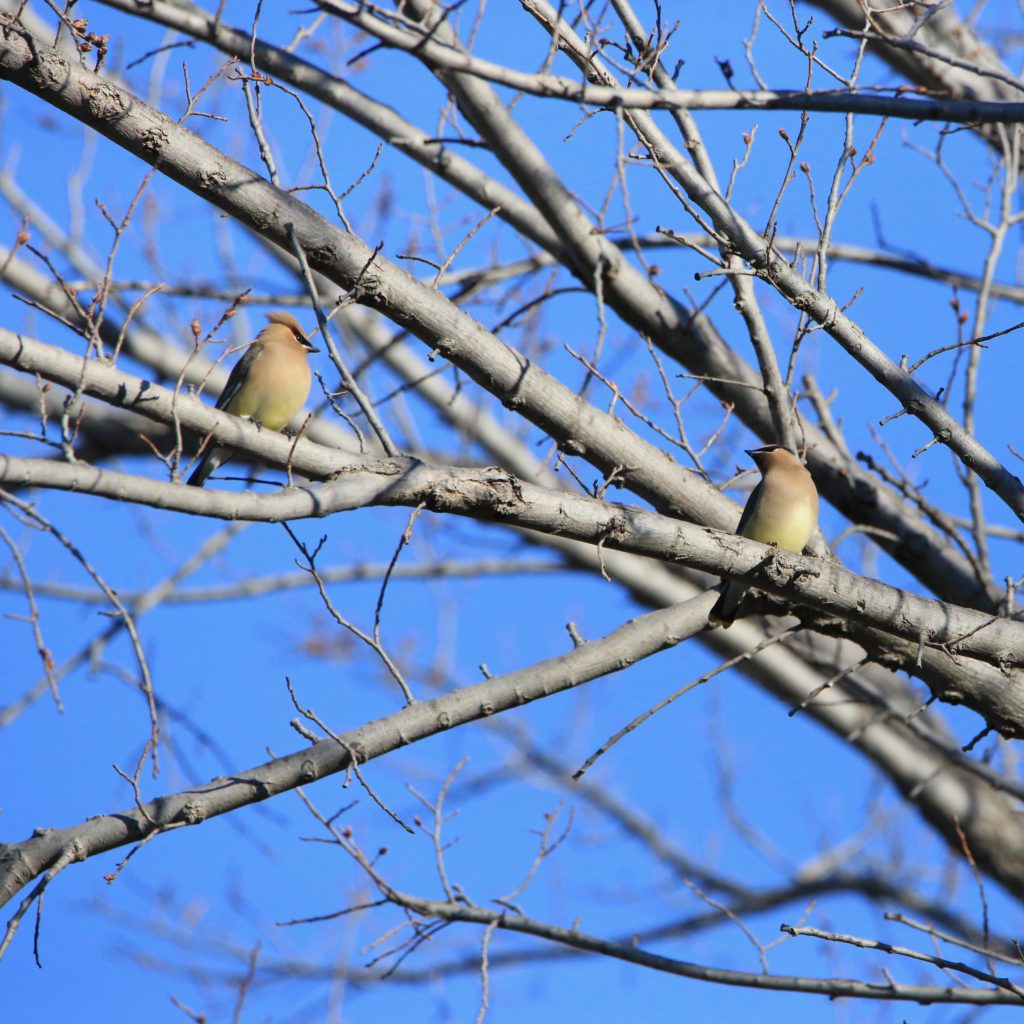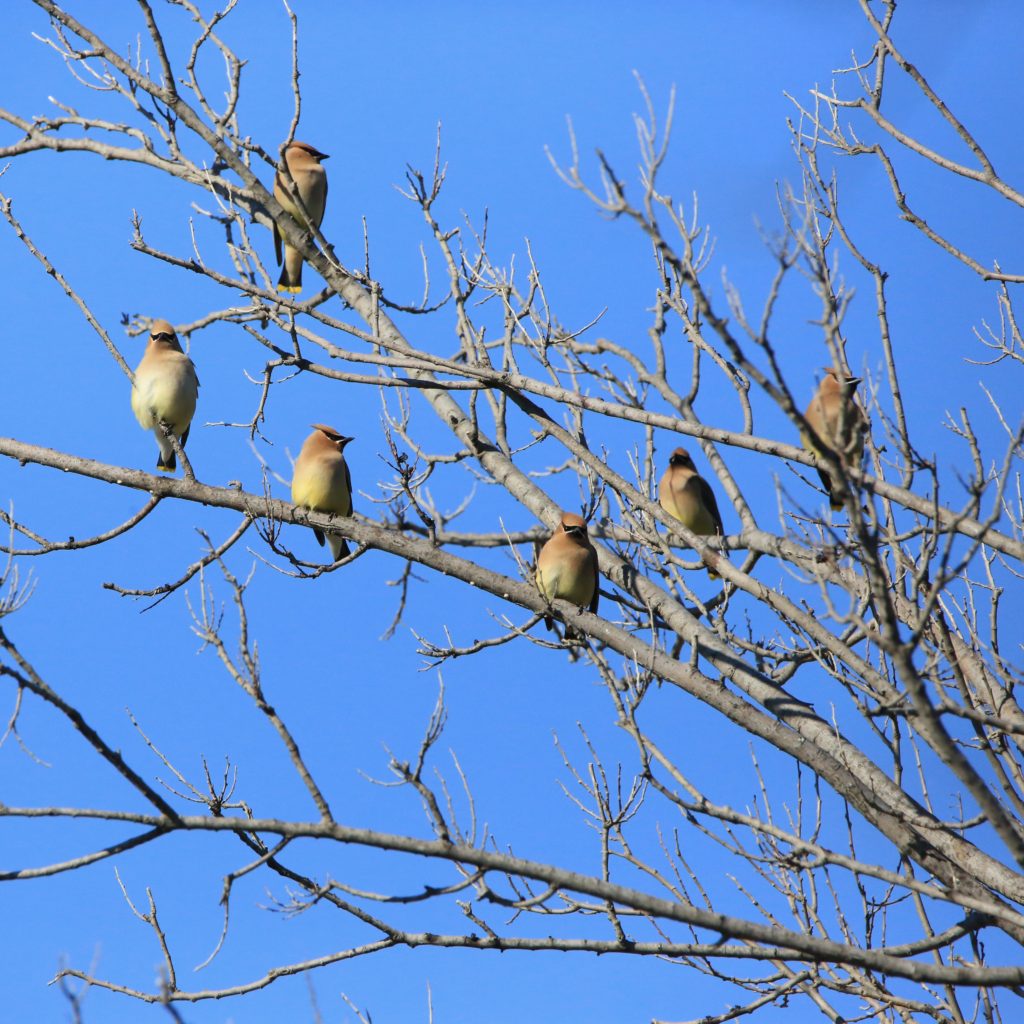
Bird Watching at Wind Cave National Park
Share
Bestowed the National Park title by President Theodore Roosevelt, the Wind Cave National Park was the first cave in the world to be designated the title. It is also the seventh place to be called as such. The 33,847 acres in the west of South Dakota is 10 miles to Hot Spring town’s north. The park consists mainly of a cave with frostwork and box work. It is in Custer county and United States’ third longest cave.
Major Attractions at Wind Cave National Park
While exploring the cave is always a fun option, you can do many other things in the park. Additionally, you can always do birdwatching on the side. Hiking is the first and foremost option. There are hiking trails of thirty miles, and you have the opportunity of seeing the Black Hills during hiking. You can also observe the wildlife or explore the ponderosa forests or the prairie vistas.
There is the Prairie Dog Town where you can spend time with the adorable Prairie Dogs. Camping in the backcountry of Wind Cave is another soothing experience. Some might like taking up on the biking or driving tour offer. The park does not have a horse riding center. But if you have your own horse, you can bring your friend and explore the scenic routes with them.
GET KIDS BIRD WATCHING
Bird Watching at Wind Cave National Park
There have been 410 bird species seen filtering in and out of South Dakota. In the case of Wind Cave National Park, at least 100 bird species consider it their home. A lot more choose this place as their fall and spring migration stoppage. However, the best of them seem to gather close to the visitor center.
The area surrounding the visitor center has a mixed habitat, attracting all kinds of bird species. You could be taking a picnic on the campground and suddenly hear the sweet melody of a Yellow-breasted Chat. Is it a national park if a Western Meadowlark does not show up once? The joy of experiencing Brown Thrasher imitate their peers. Cedar
Waxwings are harder to spot because of how often they fly in between the trees.
The Prairie Vista Trail is a one-mile loop beginning and ending in the visitor center. One comes across Cooper's Hawks, Red-tailed Hawks, Mountain Bluebirds, and various other prairie birds along the trail.
It is possible to birdwatch without taking one step away from the campground here. The ponderosa stands often attract species that prefer forest habitats. For example, Red-headed Woodpeckers and Northern Flickers consider the area their home. While Black-backed Woodpeckers are rare in the east, they do sometimes show up here.
The access to the Elk Mountain Campground Trail begins from the parking spot, and you choose to either take the prairie forest path or the ponderosa forest. The evening might bring in the calls of Common Nighthawk. But, in the trees, Western Tanager and House Wren might be living in peace.
10 Birds to See at Wind Cave National Park
Brown Thrasher
Brown Thrashers are brown with long legs, long tails, and yellow eyes. They are the only birds in the Thrasher species that live east of Texas. They are common and widespread birds, but some decline has taken place in their population. Their habitat is in brush, shrubbery, and thickets. They are secretive birds, hiding in shrubs. Their diet includes nuts, berries, and insects. They lay 4 eggs and build their nests lower to the ground in bushes or trees. Brown Thrashers are permanent residents in the south, but the northern Brown Thrashers migrate.
Cedar Waxwing
Cedar Waxwings have a silky, shiny body that is brown and gray. They have a black mask on their face, a small crest, and red tips on their wings. Cedar Waxwings live throughout North America. Their population is steady and has even increased in recent years. They make their homes in orchards of fruiting trees and in open woodlands. This Waxwing has a high-thin whistle. Many times you will hear a Cedar Waxwing before you will see them. They love to eat fruit and berries. These birds lay 3 to 5 eggs and build nests near other Cedar Waxwings. They do not have a set migratory pattern but are considered nomadic, moving around irregularly.
Cooper's Hawk
Cooper’s Hawks are blue-gray with reddish-brown underparts. They are smaller than most Hawks but are still just as fast. They are woodland Hawks that live throughout North America. There was a small decline in their population, but has since recovered and is stable. This Hawk lives in mature forests and along the woods’ edge. Cooper’s Hawks feed mostly on small birds and sometimes consume chipmunks and squirrels. They lay 3 to 5 eggs in an old nest high up in pine trees. Cooper’s Hawks migrate during the day moving south for the winter.








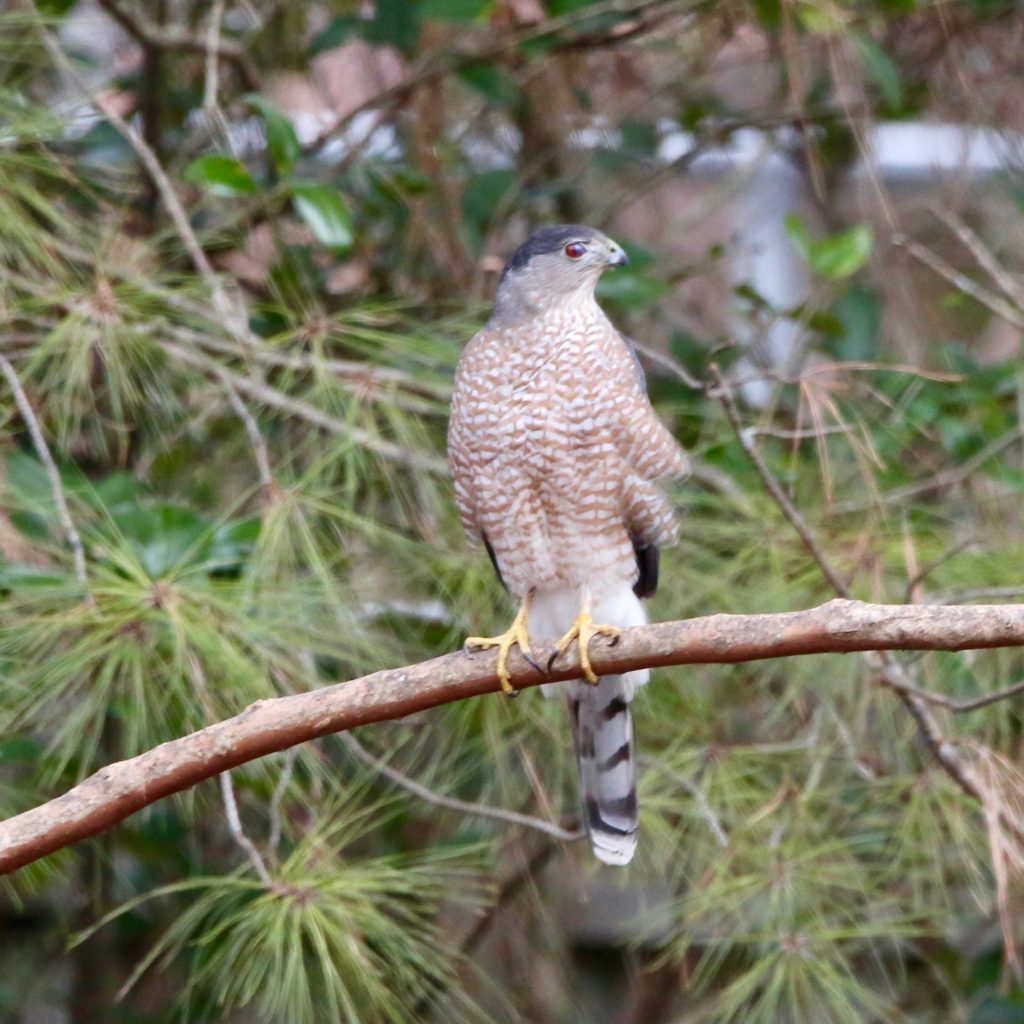












Cooper's Hawk






































